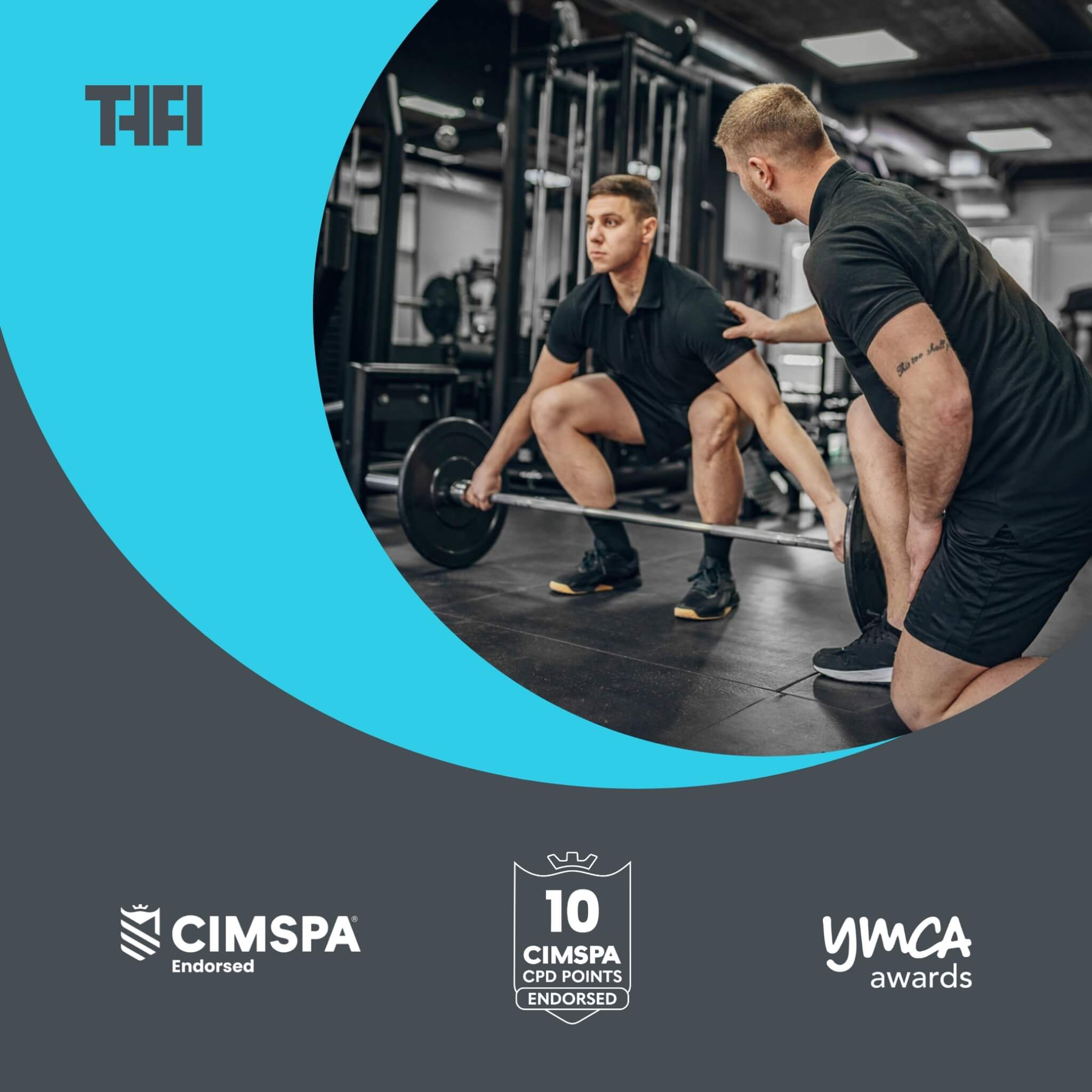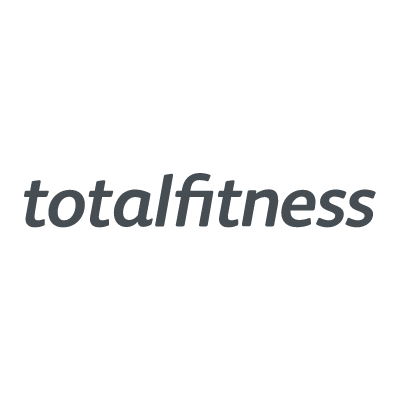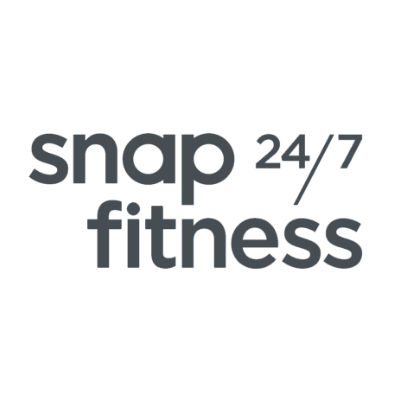How To Break Through Fitness Plateaus With Your Personal Training Clients

Have you ever had a client who’s working hard, following their programme to the letter, but suddenly stops making progress?
It’s easy to panic...but you’re not alone.
Every personal trainer will encounter a client who hits a fitness plateau when they stop getting results, their motivation drops, and you’re left wondering how to reignite that progress.
But here’s the truth: knowing how to navigate these plateaus is what separates a good trainer from a great one.
Learning how to spot and overcome plateaus is a key skill developed in any solid pt course, giving you the tools to keep clients progressing and engaged long-term.
Plateaus don’t just slow your client’s progress – they test your skills as a trainer.
Clients can quickly become demotivated, frustrated, or even question your programme when they don’t see the results they expect.
And If you don’t address it, this can lead to lost clients, lost revenue, and missed opportunities.
You need to act fast, and you need the right strategies in place to tackle this head-on.
This article walks you through what a fitness plateau is, why it happens, and what you can do to fix it and get your clients back on track.
You’ll learn the early warning signs that a plateau might be up ahead so you can act quickly.
And you;ll see some of the proven strategies that the best trainers use to get clients through these barriers – whether that’s stalled weight loss, strength gains, or fitness PBs.
From adapting workouts and incorporating new training modalities to diet and recovery or psychological strategies, you’ll be able to put these to work with clients on the gym floor....
What is a fitness plateau and why does it happen?
As a personal trainer, your role is to guide clients towards their goals, whether that's weight loss, muscle gain, or overall fitness improvement. But at some point, every client will hit a point where progress slows down or stops altogether. This is known as a fitness plateau, and it can be one of the most frustrating experiences for both you and your client.
A fitness plateau occurs when a client’s body adapts to the current training programme, and what was once challenging is no longer providing the stimulus required for further progress. Typically, this happens because the body becomes efficient at the exercises, causing improvements in strength, endurance, or fat loss to level off. While this can seem like a roadblock, it’s actually a natural part of the fitness journey.
For personal trainers, understanding and addressing plateaus is critical. Why? Because helping a client break through a plateau not only improves their results but also reinforces your credibility and expertise as a trainer. A client who sees continued progress will stay motivated, which translates into long-term loyalty.
When clients reach a plateau, they often become discouraged or frustrated. They might question the effectiveness of your programme or doubt their own commitment. That’s why it’s so important to address it head-on. If you can recognise the early signs of a plateau and implement strategies to overcome it, you'll not only maintain progress but also deepen the trust and communication with your client. But how do you identify a plateau up ahead?
Recognising the signs of a client plateau
Every personal trainer needs to be vigilant for the tell-tale signs that a client has hit a plateau. These signals can be both physical and psychological, and knowing how to spot them early can make all the difference in maintaining your client’s progress and satisfaction. If you want to keep your clients engaged and on track, tackling these issues and breaking through the plateau before it turns into a source of frustration or demotivation is imperative for you as a trainer.
Common physical indicators
If you’re closely monitoring your client’s progress, it will be the physical signs that are the most obvious when your client hits a plateau. These are easy to track and measure and mean you can quickly take action and adapt. Here are some of the common physical indicators to watch out for:
- Stalled weight loss or fat loss: If the scales aren’t budging or your client is no longer seeing the same rate of fat loss, despite sticking to the plan, it could be a sign that their body has adapted to the current routine. This often happens when the caloric deficit or exercise intensity is no longer sufficient to prompt further fat loss.
- Lack of strength improvement: Strength plateaus are one of the clearest indicators of stagnation. If your client has been lifting the same weight for weeks and hasn’t been able to increase reps, sets, or weight, it’s a strong sign that the programme needs tweaking.
- No change in muscle mass: If hypertrophy is one of your client's goals, and they haven't seen an increase in muscle size for several weeks or months, despite consistent training, they may have hit a plateau in their muscle-building efforts.
- Performance decline: In some cases, rather than staying stagnant, a client’s performance might actually decline. Whether it’s lifting less weight, struggling to complete their usual number of sets, or a reduction in cardiovascular endurance, a drop in performance often signals that their body is not being challenged or has reached a point of overtraining.
Physical signs are easy to track, but they aren’t the whole picture. Often, emotional and psychological factors can signal that a client is experiencing a plateau even before the numbers reflect it.
Emotional and psychological signs
Plateaus don’t just affect the body – they impact a client’s mindset and motivation too. These emotional and psychological signs are crucial to recognise because they often lead to clients losing interest in training or even quitting altogether.
- Demotivation and frustration: One of the first signs that your client is hitting a plateau can be a change in their attitude. They may start showing signs of frustration, voicing their concerns that they aren’t seeing results, or questioning the effectiveness of their programme. This can be particularly challenging as it may feel like a reflection on your abilities as a trainer, even though plateaus are a natural part of the process (something you can explain to your client to reassure them.)
- Decreased enthusiasm for sessions: If a client who was once eager to train suddenly seems less engaged or is showing up late or skipping sessions, it might not just be a busy schedule – they could be experiencing a plateau. When progress slows down, clients often feel disheartened and may start to mentally check out, which is why recognising these behavioural changes early is so important.
- Apathy towards goals: Another key sign of a plateau is when a client becomes indifferent to their goals. Where they were once excited about hitting a personal best or dropping a certain amount of body fat, they now seem disconnected from their objectives. This mental shift can significantly impact their overall effort during sessions.
Effective strategies to break through a plateau
Once you’ve recognised that your client has hit a plateau, it’s time to take action. The goal is to reignite progress by shaking up their routine and introducing new challenges. This section outlines practical strategies to help your client overcome their fitness plateau and get back on track towards their goals.
Revamping the workout routine
A plateau often signals that the training programme in its current form has run its course. To ignite progress again, you'll need to adjust the workout to give your client’s body a fresh stimulus. Let's dive into two core areas where change can be most effective...
Changing variables in strength training
One of the most effective ways to break through a plateau is to manipulate the key training variables: reps, sets, weight, and exercise selection. Sticking to the same routine for too long can lead to the body adapting, which is exactly what you’re trying to avoid.
Here are a few ways you can tweak your client's strength training routine:
- Varying rep ranges: If your client has been working within the same rep range (e.g., 8–12 reps for hypertrophy), switch it up. You could introduce lower rep ranges with heavier weights to focus on strength (e.g., 4–6 reps), or higher rep ranges with lighter weights to build endurance (e.g., 15–20 reps). This not only provides a novel stimulus but also works different muscle fibres.
- Adjusting the number of sets: If your client has been doing 3 sets per exercise for a while, try increasing the volume by adding an extra set or two. Alternatively, decreasing the sets but increasing the intensity might do the trick, depending on the client’s needs and goals.
- Changing tempo: Another powerful variable is tempo. Slowing down the eccentric (lowering) phase of a movement can increase time under tension, making the exercise more challenging without needing to increase the weight. This is especially useful for clients looking to build muscle or improve strength.
- Exercise selection: Introduce new exercises that work the same muscle groups but in different ways. For instance, if your client has been focusing on barbell squats, switch it up with Bulgarian split squats or goblet squats. This engages different stabiliser muscles and helps prevent the body from getting too comfortable with a single movement pattern.
Incorporating new training modalities
Incorporating new training modalities is another highly effective way to challenge your client, both mentally and physically. If their current workout has become predictable, introducing something fresh can spark new enthusiasm and drive progress.
- Cross-training: If your client has been focused exclusively on one type of training (e.g., strength training or cardio), cross-training can add the diversity they need. Combining strength, endurance, and flexibility work not only prevents boredom but also addresses any potential imbalances in their fitness. For example, pairing strength training with activities like swimming, cycling, or rowing can improve overall athleticism.
- HIIT (High-Intensity Interval Training): Adding HIIT sessions to your client’s routine can be an effective way to break through fat loss plateaus. HIIT combines short bursts of intense exercise with periods of rest, increasing the calorie burn both during and after the workout. This form of training also improves cardiovascular fitness and challenges the body in new ways.
- Mobility and flexibility work: Often overlooked, mobility and flexibility training can be a game changer for clients stuck in a plateau. Poor mobility can limit range of motion and affect performance in strength exercises, which in turn hinders progress. Introducing mobility-focused exercises or yoga sessions can improve movement patterns, reduce injury risk, and prepare the body to push harder in strength and conditioning workouts.
The key is to integrate these modalities in a way that complements the client’s goals. For example, a strength-focused client might benefit from a mobility day to recover and improve movement quality, while a fat-loss client could benefit from HIIT to boost metabolism and calorie expenditure. By making these strategic changes to your client’s workout routine, you can break the monotony, challenge their body in new ways, and help them push past the plateau.
Re-evaluating nutrition and recovery
While exercise is the most visible part of the fitness equation, nutrition and recovery are often the silent drivers behind a client’s success (or lack thereof). When your client hits a plateau, one of the first things you should reassess is whether their nutrition and recovery habits are aligned with their goals. Sometimes, the key to breaking through isn’t about working harder – it’s about fuelling and resting the body more effectively.
- Protein intake: Protein is critical for muscle repair and growth, especially in clients focused on strength training or hypertrophy. If your client’s progress has stalled, it may be worth revisiting their protein intake. The general guideline is 1.6–2.2 grams of protein per kilogram of body weight, depending on their goals and training intensity. Increasing their protein intake can give their body the building blocks it needs to continue making progress.
- Hydration: Proper hydration is often underestimated, but it plays a vital role in performance and recovery. Dehydration can lead to fatigue, decreased strength, lower power output in workouts, and slower recovery times, all of which can contribute to a plateau. Ensuring your client is drinking enough water – typically 2–3 litres per day, or more for active individuals – can make a significant difference in their training outcomes.
- Sleep quality: One of the most overlooked factors in fitness plateaus is sleep. Poor sleep can severely impact recovery, hormone regulation (including growth hormone and testosterone), and overall energy levels. If your client isn’t getting 7–9 hours of quality sleep per night, it could be the reason their progress has stalled. Encourage clients to prioritise sleep hygiene by limiting screen time before bed, keeping a consistent sleep schedule, and creating a cool, dark, and restful bedroom environment.
- Recovery techniques: Active recovery strategies like stretching, foam rolling, or light mobility work can help reduce muscle soreness and improve flexibility, which in turn can boost performance during strength sessions. Additionally, incorporating rest days is crucial. Overtraining can lead to burnout and even regressions in strength and performance, so make sure your client’s schedule allows for adequate recovery.
Mental toughness: Building resilience during plateaus
Breaking through a plateau isn’t just a physical challenge – it’s a mental one. As a trainer, part of your role is to coach clients through the frustrations and self-doubt that come with stagnation. Building mental toughness is essential for your clients to maintain focus and determination during these tough phases.
- Setting realistic expectations: Plateaus are a natural part of the fitness journey, and it’s important for your client to understand this from the outset. Let them know that progress isn’t always linear and that hitting a plateau doesn’t mean they’ve failed. Instead, frame it as a necessary step towards achieving long-term success. By managing expectations, you’ll help them stay motivated even when progress slows.
- Fostering a growth mindset: Encourage your clients to adopt a growth mindset, where they view setbacks as opportunities to learn, adapt, and improve. Rather than seeing a plateau as an obstacle, help them see it as a chance to experiment with new techniques, challenge themselves in different ways, and ultimately become stronger. This shift in mindset can turn a frustrating experience into a positive, empowering one.
- Visualising success: Mental visualisation is a powerful tool that can help clients stay focused on their goals. Encourage them to visualise what breaking through the plateau will feel like – whether that’s hitting a new personal best in the gym, seeing physical changes, or just feeling more confident. This mental exercise can strengthen their commitment and reinforce positive behaviour during tough sessions.
- Celebrating small victories: One of the most effective ways to build mental resilience is by celebrating small wins along the way. When your client hits a minor goal – whether it’s improving form, increasing reps, or staying consistent with nutrition – acknowledge it. These small celebrations help reinforce positive behaviour and remind your client that progress is happening, even if it feels slow.
Tracking progress: Monitoring and celebrating small wins
One of the best ways to keep a client motivated during a plateau is by focusing on the small wins. While it’s easy to get caught up in big, long-term goals like losing a certain amount of weight or hitting a specific personal best, progress isn’t always about monumental shifts. As a trainer, it’s your job to help clients recognise the smaller victories that often go unnoticed but are crucial to long-term success.
Setting new micro-goals
When a client feels stuck, one of the most effective strategies to regain momentum is to set new, manageable goals that they can achieve in the short term. Micro-goals break the larger, seemingly unreachable objectives into bite-sized steps, which keeps the focus on daily or weekly progress rather than feeling overwhelmed by the long road ahead.
- Form improvements: Instead of focusing solely on weight lifted or fat lost, set goals around improving exercise technique. Better form not only reduces the risk of injury but also ensures that the client is getting the most out of each movement. For example, if they’ve been struggling with their squat form, focus on getting deeper squats with better posture rather than just adding weight.
- Incremental increases in reps or sets: If strength gains have stalled, sometimes it’s better to focus on increasing reps by just one or two per session, or adding an extra set. These small increments can add up over time and keep the client moving forward. For instance, if your client can bench press 60kg for 8 reps, set a goal to push it to 9 reps in the next session. It’s achievable, measurable, and gives the client something immediate to work towards.
- Time-based challenges: Another option is to set time-based goals. If a client is stuck in a cardiovascular plateau, challenge them to beat their personal best on a sprint, a row, or any timed activity. Setting a goal to shave a few seconds off their sprint time or improving their endurance by completing more intervals can shift the focus from weight or strength to performance, adding a new layer of motivation.
Conclusion: Key takeaways for personal trainers
Recognising and addressing client plateaus early is a critical skill for any successful personal trainer. Plateaus are an inevitable part of the fitness journey, and how you handle them will define your ability to keep clients motivated, engaged, and progressing. By staying alert to the physical and psychological signs of a plateau, you can intervene before it becomes a major obstacle.
Varied training is essential to breaking through these barriers. Regularly revamping workout routines, adjusting strength training variables, and incorporating new modalities like HIIT or mobility work ensure that your client’s body is constantly challenged and forced to adapt. Equally important is the role of nutrition and recovery – small changes in protein intake, hydration, and sleep can often make the difference between stagnation and progress.
Communication is key during these phases. Engaging your client in honest, constructive conversations about their frustrations and helping them develop mental toughness will keep them focused on their goals, even when progress feels slow. Setting new micro-goals and celebrating every small win along the way fosters a sense of accomplishment and builds momentum, helping clients push through tough phases.
Finally, remember that plateaus aren’t setbacks – they’re opportunities for both the client and you to grow. Successfully navigating a plateau not only improves results but also strengthens your client relationships, deepens their trust in your expertise, and builds your reputation as a coach who delivers results. By embracing plateaus as part of the process and showing your clients how to break through them, you set the foundation for long-term success – for your clients and your career.
Ultimately, plateaus are natural growth points that test your adaptability as a trainer and can become defining moments in your client's fitness journey. Approach them with confidence, and you’ll not only see progress but also build a thriving, loyal client base that supports your business for years to come.
Want more tools like this in your arsenal as a personal trainer? Explore our level 3 and 4 courses to level-up your skills and improve your client results.


























